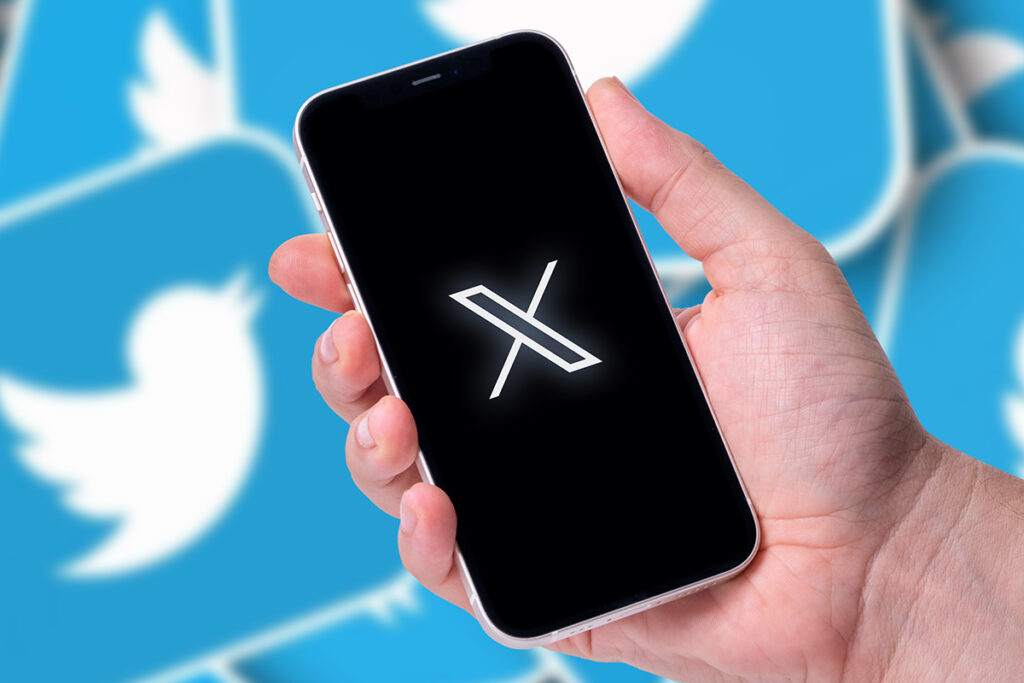In the tech world, few things are as ubiquitous as Twitter. Launched in 2006, the microblogging platform quickly became a staple of online communication, shaping conversations on everything from politics to pop culture. However, in October 2022, billionaire entrepreneur Elon Musk acquired the platform, ushering in a period of drastic change.
Under Musk’s leadership, Twitter underwent a controversial transformation. In an effort to cut costs, the platform slashed staff, including vital content moderation teams, leading to increased instances of misinformation and a destabilized user experience. Then, in early 2023, Twitter Inc. rebranded as X Corp, signaling a new era for the platform.
Musk, known for his affinity for the letter “X,” announced his intention to rebrand Twitter as simply “X.” Despite Musk’s vision of transforming the platform into “the everything app,” the rebrand has faced significant pushback from users and industry experts alike.
One of the key challenges the rebrand faces is rooted in the platform’s deep-seated identity as Twitter. Since its inception, Twitter has become more than just a social media platform—it’s a cultural phenomenon. The term “tweet” has been enshrined in dictionaries, and the platform’s name has become synonymous with real-time online conversation.
Despite Musk’s efforts to promote the new brand, which included changing the platform’s logo and website verbiage, many users still refer to the platform as “Twitter.” Even billing reminders to X Premium subscribers continue to use the old name, highlighting the enduring power of the original brand.
Part of the resistance to the rebrand stems from the abruptness of the change. Unlike other tech companies that have rebranded over time, Twitter’s transformation to X was swift and seemingly without much consideration for user sentiment. This has left many feeling disconnected from the platform they once knew.
Experts in branding suggest that the name “X” lacks the resonance and evocative power of “Twitter.” Unlike other rebrands, such as Google’s transformation into Alphabet or Facebook’s transition to Meta, which retained some connection to their original identities, X feels detached and abstract.
Furthermore, Musk’s personal involvement in the rebranding process has polarized opinion. While some of his supporters have embraced the change as a bold step towards innovation, others view it as emblematic of his unilateral approach to decision-making.
Despite Musk’s assertion that the rebrand is part of a broader strategy to create an all-encompassing platform, many users remain unconvinced. The platform’s functionality has yet to reflect Musk’s vision of an “everything app,” leaving users skeptical of the need for such a drastic overhaul.
In response to the backlash, some users have taken matters into their own hands, continuing to refer to the platform as “Twitter” and expressing their discontent with the rebrand on social media. Others have gone so far as to create merchandise declaring, “I Still Call It Twitter,” underscoring the enduring loyalty to the original brand.
As Twitter—sorry, X—continues to navigate its identity crisis, the future of the platform remains uncertain. While Musk may have ambitious plans for the platform, winning over its loyal user base will require more than just a new name and logo. Only time will tell whether X can truly live up to the legacy of its predecessor.


